Apple demonstrated its lineup of new iPads yesterday, introducing two new models, a Retina Display iPad mini and thin new iPad Air, with significant upgrades that were not expected.
64-bit tablets
The new iPad mini and iPad Air share a series of features with Apple's "forward thinking" iPhone 5s, most notably its 64-bit A7 Application Processor.
While an expected move for the full sized iPad Air (which has been renamed to call attention to its lighter weight and thinner profile), it's an unexpected leap for the new iPad mini, which is now more than 4 times as computationally powerful as its predecessor. The chip isn't just more powerful however; it's also very efficient, providing the GPU muscle to power a Retina Display resolution without the power demands of the A5X or A6X.
While some critics scoffed at the idea of a 64-bit chip in a mobile device when Apple first unveiled it, there's already a series of third party applications taking significant advantage of its new processing power, particularly in advanced audio and video processing.
Apple is also taking full advantage of the A7's 64-bit design in its own Pages, Numbers and Keynote, as well as iPhoto, iMovie and GarageBand, all of which were revamped for the A7 as well as iOS 7. To promote the new iPads as both productive and creative, Apple is now offering all of those apps for free with the purchase of a new iPad.
Both new iPads also incorporate the M7 motion coprocessor, which is also already being used to power several apps and is put to use by the system to adjust power consumption in response to how it is being used.
Including the A7 & M7 on both of its new iPads will greatly increase the installed base of 64-bit capable iOS devices, increasing the demand and thus stoking the supply for even more advanced software designed to take special advantage of the chips. It will also help to drive down Apple's productions costs of the advanced components through economies of scale.
No other smartphone and tablet maker uses the same chip across all of its high end offerings, and of course no other manufacturer comes even close to selling so many units of the same models in either category.
Familiar form factor
Apple said it had been working for years to deliver the technology required to produce the new iPad Air, which looks nearly identical to the existing iPad mini, albeit scaled up in screen size. Both the new iPad Air and mini with Retina Display pack in the much higher resolution display panel while adding only a fraction of millimeter (0.3mm) in thickness.
The new Air is 1.3 mm thinner than iPad 2 and weights about a third pound (over 130 g) less. "When you hold it, it will be a dramatically different experience from the previous iPad," Apple's marketing chief Philip Schiller said on stage as he introduced the new model.
The new design of iPad Air means there's now little to differentiate it from the iPad mini apart from screen size and price. iPad mini remains lighter (three quarters of a pound vs 1 pound, or 331g vs 469g) and is of course shorter and narrower (7.9 x 5.3 inches vs 9.4 x 6.6 inches, or 200x135mm vs 240x170mm), but held in the hand, both models feel remarkably similar.
They also now look so similar it's hard to immediately tell from a photograph if you're looking at the Air or the mini without some external frame of reference.
The new iPad Air also now reflects the same chamfered styling of the iPad mini and iPhone 5s, although unlike the phone, the iPads have a rounded back. They are also actually a hair thinner than the sleek iPhone 5s. One conspicuously missing element from the 5s is Touch ID, which along with the 5s' fancier camera and True Tone flash, appears to have been left off as a way to deliver a more affordable product.
Mobile, not precious
The new iPads are simply insanely thin and absurdly light for also being the world's most powerful mobile tablets. At the same time, Apple emphasized that its new iPads aren't just designed to look pretty. In a video, Apple depicted the Air being dropped by a test robot and bouncing off the floor undamaged.
"There's a simplicity to it," Apple's head designer Jony Ive said over the video (above), which portrayed iPads being used in school, pulled out of a backpack in the woods and being thumped upon by a drummer. "But there's nothing precious about it. This integrity, this durability inspires confidence in a product that's meant to be taken places, handled, and really used."
Still, there is some preciousness about the new iPads, and for that Apple is selling $39 magnetically attached covers in bright colors and a new $69 to $79 leather case-covers in more subdued tones, designed to wrap around the back of the device. The leather cases are similar to the snugly fitting ones offered for the 5s, but also incorporate a book-like screen cover.
The Smart Case/cover adds some minimal bulk to the bare device, while the simpler covers hit middle ground.
Apple zigs on zag predictions
For the last year, Apple has been offering a thicker, full sized A6X-powered iPad 4 with Retina Display alongside the cheaper 2011 iPad 2 and a much thinner and lighter, scaled down version of iPad 2 named iPad mini; both shared the same screen resolution and A5 Application Processor.
Given the weight and expense associated with the high end iPad 4, it wasn't clear if Apple could bring its sharper display (or the more powerful chip required to power its higher resolution) to the mini without adding too much weight and cost.
Even if it could, it wasn't clear if Apple could source sufficient Retina Display screens to build enough minis to feed the global demand volumes of iPad customers. Such a move might also impact battery, as it did with Google's high resolution Nexus 7 upgrade, which nearly slashed its battery life in half.
Further, given the lower prices and margin associated with the mini, it appeared likely that Apple would instead focus its efforts on making its iPad 4 successor more appealing. Some reports predicted a Touch Cover keyboard or an even larger screen.
In the face of a range of expectations, Apple exceeded on the high end with a new iPad Air and mini that compromise on neither mobility nor power, while also offering a surprise encore performance for both iPad 2 last year's iPad mini, retained to offer more affordable alternatives ranging from $299 for the older 16GB mini to the top of the line 128GB Air at $929.
 Daniel Eran Dilger
Daniel Eran Dilger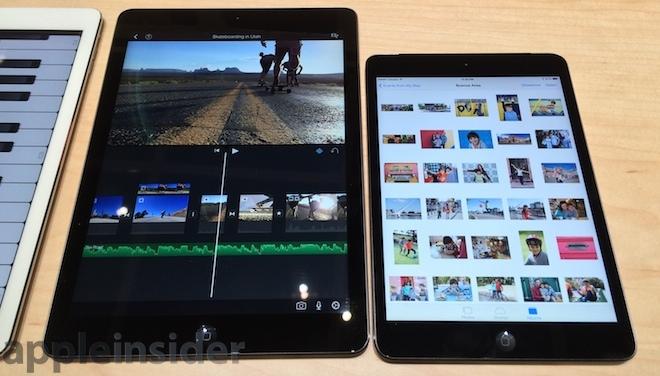
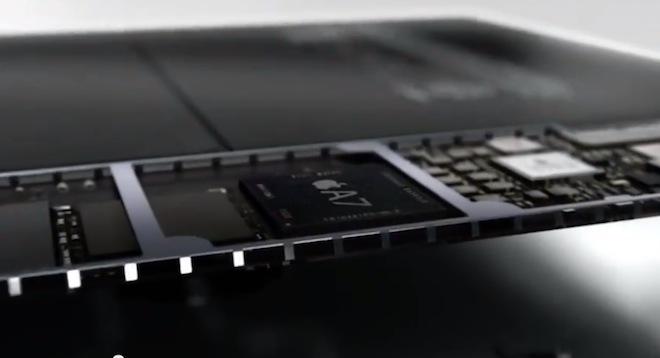
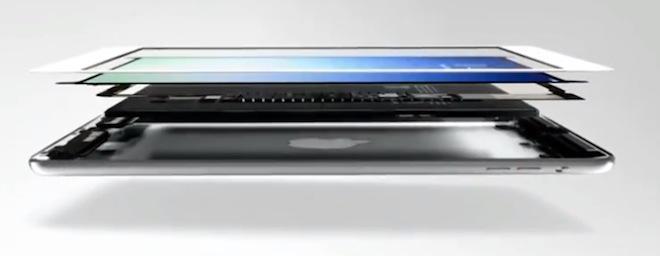
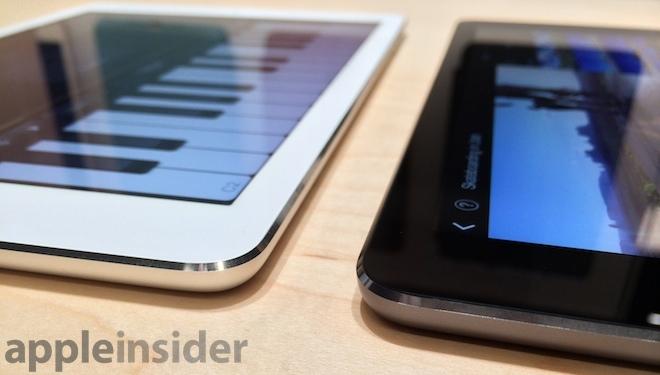



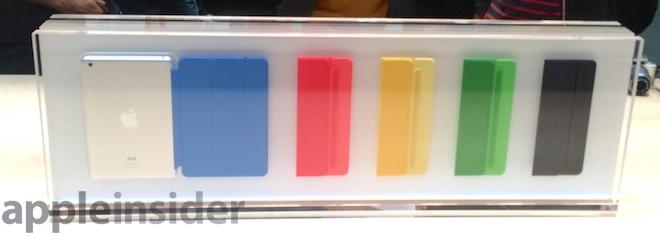



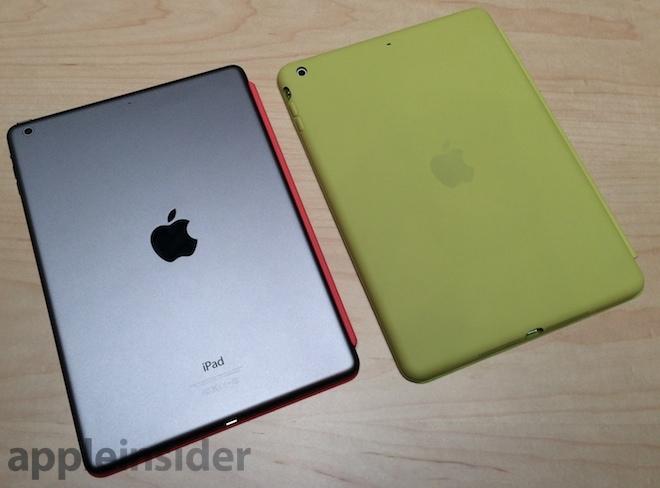
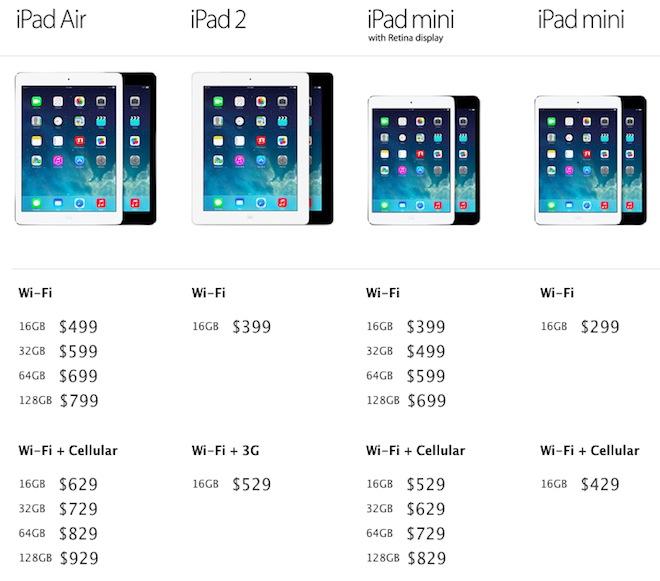







-m.jpg)






 Charles Martin
Charles Martin
 Christine McKee
Christine McKee
 Wesley Hilliard
Wesley Hilliard
 Malcolm Owen
Malcolm Owen
 Andrew Orr
Andrew Orr
 William Gallagher
William Gallagher
 Sponsored Content
Sponsored Content


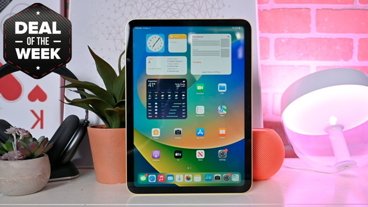





70 Comments
Very nice. I have an iPad 3 and see no need to upgrade. I am waiting for the 12" iPad Pro.
I can't afford to purchase either right now, but I'm really looking forward to trying them out in the local Apple Store when I get there next. I've enjoyed the heck out of my 1st generation and 4th generation iPads; my wife has currently inherited the 1st. Since I've been using the Retina version, I sorely miss it whenever I use the original. Having the screen in an even lighter form factor is going to be a big selling point for a lot of people, both new customers and the ones looking to upgrade.
I missed the 'hands on' part? This seems like a regurgitation of the event. What are your 'hands on' experience with size, comfort, speed?
I like the incremental improvements to the iPad - really. I will also be upgrading to the new iPad. But Apple seems to like to tout the thinness and weight of iPads. Ok, they're light already. No one cares anymore. Instead of spending so much time and money on these engineering achievements, they should be focusing on features. Where's the sapphire home button for iPads? When other firms are at 40 megapixel cameras, Apple is still at 5 or 6 megapixel. The cameras don't handle varying light conditions very well, and the interface is lacking. Why do I pay extra for a cover. Can they integrate a bluetooth keypad into a cover? I'd much rather get these types of features than to lose a few mm's and oz's. Just my opinion.
I have no idea why Apple still makes those terrible covers. They are flimsy, they easily come off, they topple over when you stand vertically, and they don't allow for portrait.